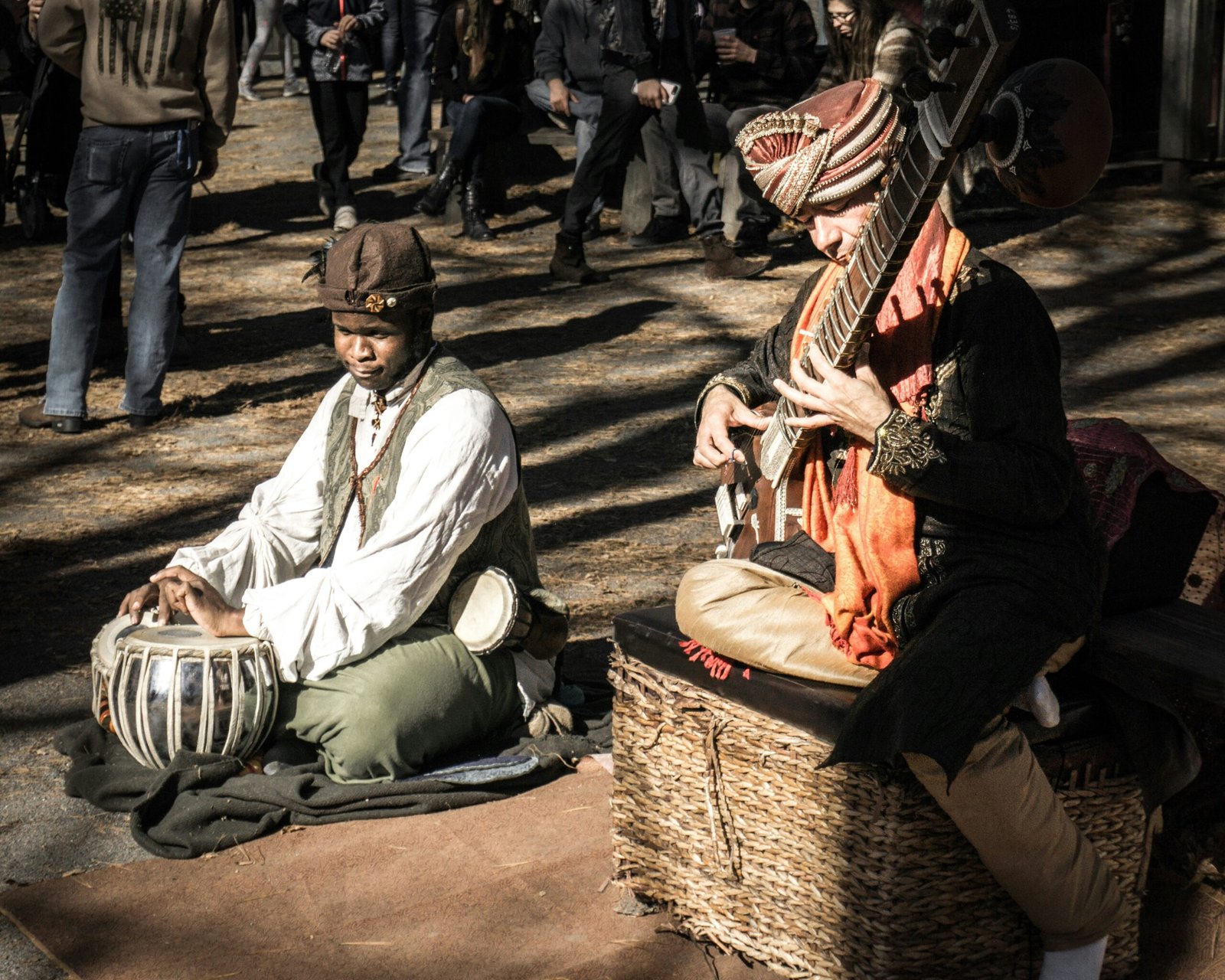The Sounds of the Renaissance: Exploring their Cultural Significance
The Renaissance period, spanning from the 14th to the 17th centuries, was a time of great artistic, intellectual, and cultural growth. It was a period marked by the revival of interest in the arts, sciences, and exploration, and it gave rise to some of the most iconic works of art and music in history. One aspect of the Renaissance that is often overlooked is its connection to sexual aspects. In this blog post, we will explore the sounds of the Renaissance and their cultural significance, including their ties to sexuality.
The Music of the Renaissance
Music played a significant role in Renaissance society. It was not only a form of entertainment but also a means of expressing religious devotion, courtly love, and even political messages. The music of the Renaissance was characterized by its polyphonic texture, intricate harmonies, and the use of musical instruments such as lutes, viols, and harpsichords.
While the majority of Renaissance music was religious in nature, there were also secular compositions that explored themes of love, desire, and sexuality. These compositions often featured suggestive lyrics and melodies that reflected the changing attitudes towards love and sexuality during the period.
The Connection to Sexual Aspects
During the Renaissance, there was a shift in societal attitudes towards love and sexuality. The period saw the rise of courtly love, a concept that idealized romantic love and placed it on a pedestal. Courtly love often involved a knight or nobleman expressing his devotion to a lady, often from afar, through poetry, music, and other forms of art.
Many of the secular compositions of the Renaissance explored themes of courtly love and desire. These songs often depicted the longing and yearning of the lover for their beloved, using metaphors and imagery that were often overtly sexual in nature. While not explicit by today’s standards, these compositions were considered scandalous at the time and were often performed in private settings.
Furthermore, the use of musical instruments in Renaissance music also had sexual connotations. The lute, for example, was often associated with courtly love and was considered a symbol of seduction. Its soft and delicate sound was believed to evoke feelings of desire and passion.
Interpreting the Sounds of the Renaissance
When listening to Renaissance music today, it is important to understand the cultural context in which it was created. The sounds of the Renaissance were not merely for entertainment but were deeply intertwined with the societal attitudes towards love, desire, and sexuality.
By exploring the sounds of the Renaissance, we gain a deeper understanding of the cultural significance of this period. It allows us to appreciate the complexities of human emotions and desires, as well as the ways in which they were expressed through art and music.
In conclusion, the sounds of the Renaissance were not limited to religious or courtly themes but also explored the realms of love, desire, and sexuality. These compositions and their cultural significance provide us with valuable insights into the attitudes and values of the time. By studying and appreciating the music of the Renaissance, we can gain a greater understanding of this fascinating period in history.

